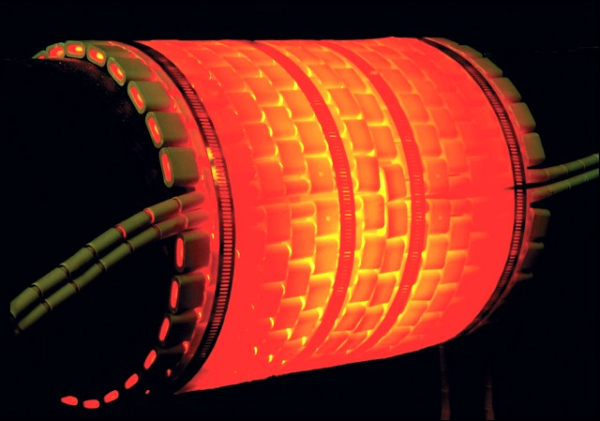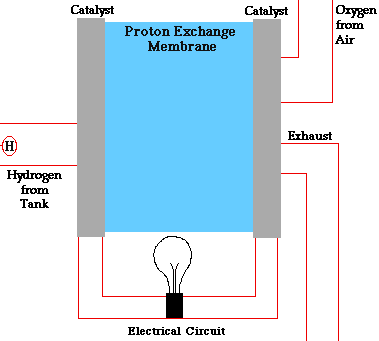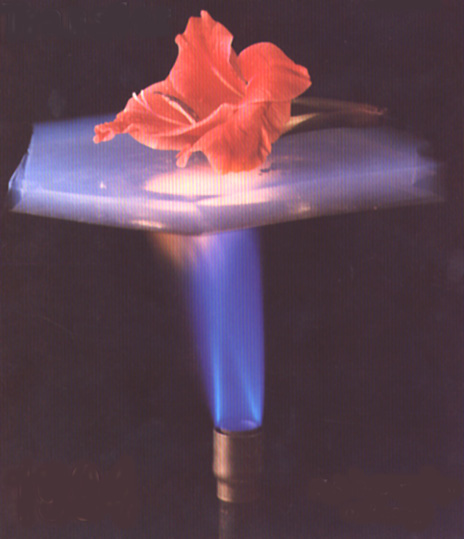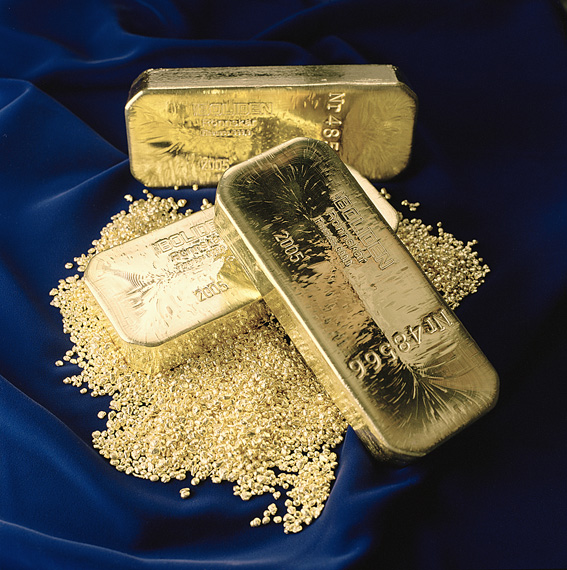What is a meteorite material ?
A meteorite is a natural object originating in outer space that survives impact with the Earth’s surface. Meteorites can be big or small. Most meteorites derive from small astronomical objects called meteoroids, but they are also sometimes produced by impacts of asteroids.
 Meteorite find in situ on desert pavement, Rub’ al Khali, Saudi Arabia. Probable chondrite, weight 408.5 gms.
Meteorite find in situ on desert pavement, Rub’ al Khali, Saudi Arabia. Probable chondrite, weight 408.5 gms.
When a meteoroid enters the atmosphere, ram pressure (not friction) causes the body to heat up and emit light, thus forming a fireball, also known as a meteor or shooting/falling star. The term bolide refers to either an extraterrestrial body that collides with the Earth, or to an exceptionally bright, fireball-like meteor regardless of whether it ultimately impacts the surface. More generally, a meteorite on the surface of any celestial body is a natural object that has come from elsewhere in space. Meteorites have been found on the Moon and Mars.
 Juancheng (H5)
Juancheng (H5)
Meteorites that are recovered after being observed as they transited the atmosphere or impacted the Earth are called falls. All other meteorites are known as finds. As of February 2010, there are approximately 1,086 witnessed falls having specimens in the world’s collections. In contrast, there are over 38,660 well-documented meteorite finds.
 Sikhote-Alin - Strong regmaglypts with fresh blue/black fusion crust
Sikhote-Alin - Strong regmaglypts with fresh blue/black fusion crust
Meteorites have traditionally been divided into three broad categories: stony meteorites are rocks, mainly composed of silicate minerals; iron meteorites are largely composed of metallic iron-nickel; and, stony-iron meteorites contain large amounts of both metallic and rocky material. Modern classification schemes divide meteorites into groups according to their structure, chemical and isotopic composition and mineralogy.
 Notice the Black Crust with faint flow lines & the different pale interior
Notice the Black Crust with faint flow lines & the different pale interior
Most meteorites are stony meteorites, classed as chondrites and achondrites. Only 6% of meteorites are iron meteorites or a blend of rock and metal, the stony-iron meteorites. Modern classification of meteorites is complex, the review paper of Krot et al. (2007) summarizes modern meteorite taxonomy.
 Millbillillie (Eucrite)
Millbillillie (Eucrite)
About 86% of the meteorites that fall on Earth are chondrites, which are named for the small, round particles they contain. These particles, or chondrules, are composed mostly of silicate minerals that appear to have been melted while they were free-floating objects in space. Certain types of chondrites also contain small amounts of organic matter, including amino acids, and presolar grains. Chondrites are typically about 4.55 billion years old and are thought to represent material from the asteroid belt that never formed into large bodies. Like comets, chondritic asteroids are some of the oldest and most primitive materials in the solar system. Chondrites are often considered to be “the building blocks of the planets”.
 NWA 3147 (Eucrite)
NWA 3147 (Eucrite)
About 8% of the meteorites that fall on Earth are achondrites (meaning they do not contain chondrules), some of which are similar to terrestrial mafic igneous rocks. Most achondrites are also ancient rocks, and are thought to represent crustal material of asteroids. One large family of achondrites (the HED meteorites) may have originated on the asteroid 4 Vesta. Others derive from different asteroids. Two small groups of achondrites are special, as they are younger and do not appear to come from the asteroid belt. One of these groups comes from the Moon, and includes rocks similar to those brought back to Earth by Apollo and Luna programs. The other group is almost certainly from Mars and are the only materials from other planets ever recovered by man.
 Bensour (LL6)
Bensour (LL6)
About 5% of meteorites that fall are iron meteorites with intergrowths of iron-nickel alloys, such as kamacite and taenite. Most iron meteorites are thought to come from the core of a number of asteroids that were once molten. As on Earth, the denser metal separated from silicate material and sank toward the center of the asteroid, forming a core. After the asteroid solidified, it broke up in a collision with another asteroid. Due to the low abundance of irons in collection areas such as Antarctica, where most of the meteoric material that has fallen can be recovered, it is possible that the actual percentage of iron-meteorite falls is lower than 5%.
Most meteorite falls are recovered on the basis of eye-witness accounts of the fireball or the actual impact of the object on the ground, or both. Therefore, despite the fact that meteorites actually fall with virtually equal probability everywhere on Earth, verified meteorite falls tend to be concentrated in areas with high human population densities such as Europe, Japan, and northern India.
A small number of meteorite falls have been observed with automated cameras and recovered following calculation of the impact point. The first of these was the P?íbram meteorite, which fell in Czechoslovakia (now the Czech Republic) in 1959. In this case, two cameras used to photograph meteors captured images of the fireball. The images were used both to determine the location of the stones on the ground and, more significantly, to calculate for the first time an accurate orbit for a recovered meteorite.
You might also like
| What is Stress Relieving ? Stress Relieving - A definition Stress Relieving... | Hydrogen Fuel Cell Hydrogen Vehicle A fuel cell is a device... | Futuristic Materials part 2 Aerogel Several really amazing things to... | How does gold corrode? Gold Corrosion - How it works ? Gold is... |




 Alloy Suppliers
Alloy Suppliers
 Aluminum
Aluminum
 Aluminum Extrusions
Aluminum Extrusions
 Copper-Brass-Bronze
Copper-Brass-Bronze
 Nickel
Nickel
 Magnets
Magnets
 Stainless Steel
Stainless Steel
 Stainless Steel Tubing
Stainless Steel Tubing
 Steel Service Centers
Steel Service Centers
 Titanium
Titanium
 Tungsten
Tungsten
 Wire Rope
Wire Rope